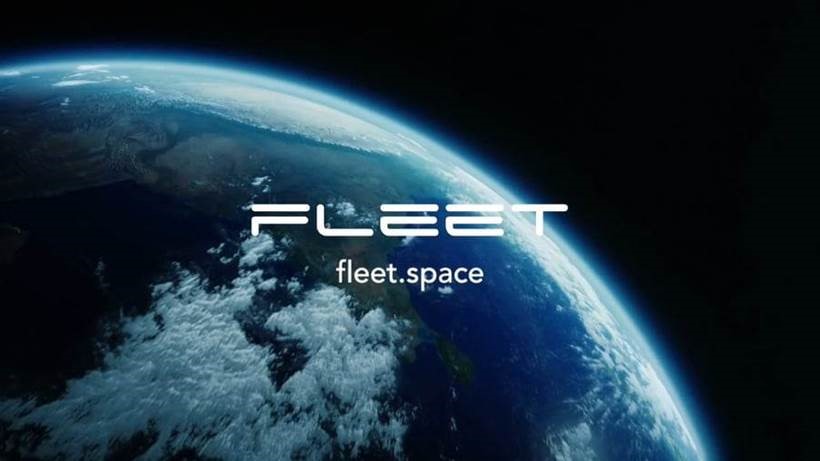

Australian small satellite developing company and IoT services provider Fleet Space has approached Japan-based Konica Minolta to provide additive manufacturing units from 3D Systems, a Carolina-based technology company for the betterment of its onshore manufacturing ability. Konica Minolta 3D printers can manipulate aluminium for the precise design of products.

Konica Minolta and 3D Systems were urged to develop a build strategy to prove the abilities of the DMP350, primarily if it can meet the customer demand and the quality of the aluminium part manufactured.
Aluminium is a lightweight metal with superior flexibility, excellent strength, and impressive thermal properties. Because of these properties, it has become the primary metal used in 3D printing. Like no other metal 3D printer, aluminium printers are employed in biomedical, automotive, and aerospace applications.
Fleet Space wishes to primarily utilise the 3D printers for metal antennae production designated for low Earth-orbiting small satellites. The company also aims to improve its small satellite manufacturing business while using the machines to develop prototypes and new parts during low demand.
Konica Minolta’s national manager for emerging technology, Matthew Hunter said: “This is a highly technical environment with precise specifications. Konica Minolta was able to prove that the 3D Systems metal printers include market-leading technology that lets users 3D print with aluminium in a precise, repeated and scalable method.
“This made Fleet Space both more productive and cost-effective for its volume manufacturing offices and provided ongoing capacity for important research and development, keeping the organisation at the cutting edge. The team at Fleet Space is extremely excited about this 3D printer as it will be both a manufacturing tool and an innovation enabler,” he added.
The satellites of Fleet Space use an all-metal patch antenna forged by a 3D machine which, according to them, provides ten times more throughput per kilogram of spacecraft. Until now, Fleet had been outsourcing its antenna from offshore but realised ‘significant scale-up efficiencies’ would follow if Australia hosts production.
Matthew Hunter also said: “Fleet Space is one of Australia’s most innovative companies, pushing the boundaries of what’s possible. However, this level of innovation often comes at a significant cost. Fleet Space is harnessing the efficiencies that can be found by deploying a smart, in-house 3D printing solution. Konica Minolta reached out to Fleet Space to start a discussion and begin a proof of concept to prove that the 3D Systems DMP350 Flex metal 3D printing solution could deliver the outcomes Fleet Space required.”
3D Systems SEANZ industrial solutions group leader Tim Naylor quoted: “One of the key criteria for Fleet Space was that the 3D printer could deliver a repeatable process to avoid any variation between parts. Our printer has a closed-loop architecture, which guarantees an accurate and repeatable process. The machine also has the lowest oxygen content on the market, which delivers a pure part without defects, something that is very important when it comes to aerospace applications.”
Responses








